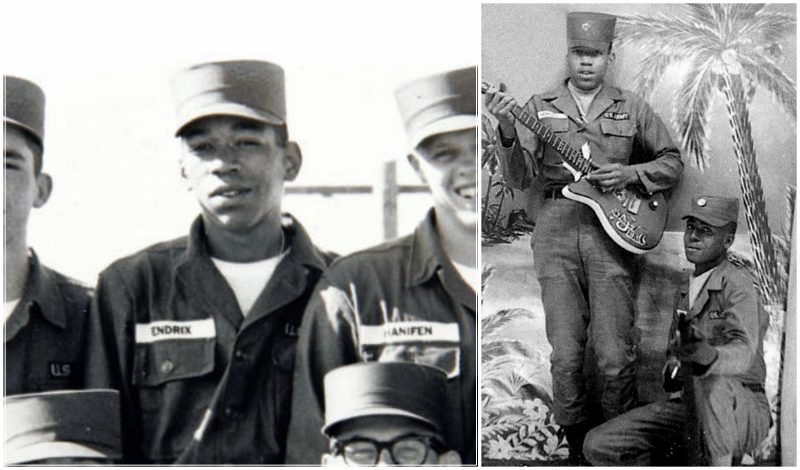In the 1960s, James Marshall Hendrix dropped out of high school, and to the surprise of his family, he decided to enlist in the U.S. army. Although, there are also some rumors claiming that Hendrix’s stint in the Army wasn’t necessarily voluntary: he was already honing his guitar skills in 1961 when a run-in with the law over stolen cars led to a choice: he could either spend two years in prison or join the Army.
Before Hendrix was 19 years old, law enforcement authorities had twice caught him riding in stolen cars. When given a choice between spending time in prison or joining the Army, he chose the latter and enlisted on May 31, 1961.After completing eight weeks of basic training at Fort Ord, California, he was assigned to the 101st Airborne Division and stationed at Fort Campbell, Kentucky. He arrived there on November 8, and soon afterward he wrote to his father: “There’s nothing but physical training and harassment here for two weeks, then when you go to jump school … you get hell. They work you to death, fussing and fighting.”In his next letter home, Hendrix, who had left his guitar at his girlfriend Betty Jean Morgan’s house in Seattle, asked his father to send it to him as soon as possible, stating: “I really need it now.” His father obliged and sent the red Silvertone Danelectro on which Hendrix had hand-painted the words “Betty Jean”, to Fort Campbell. His apparent obsession with the instrument contributed to his neglect of his duties, which led to verbal taunting and physical abuse from his peers, who at least once hid the guitar from him until he had begged for its return.
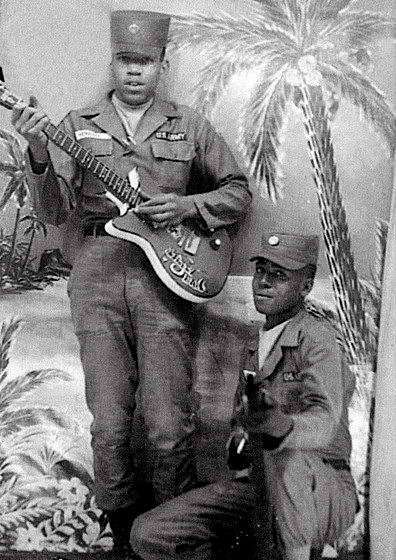
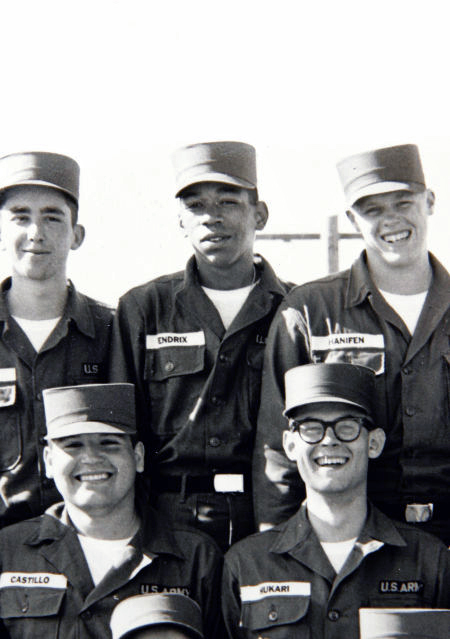
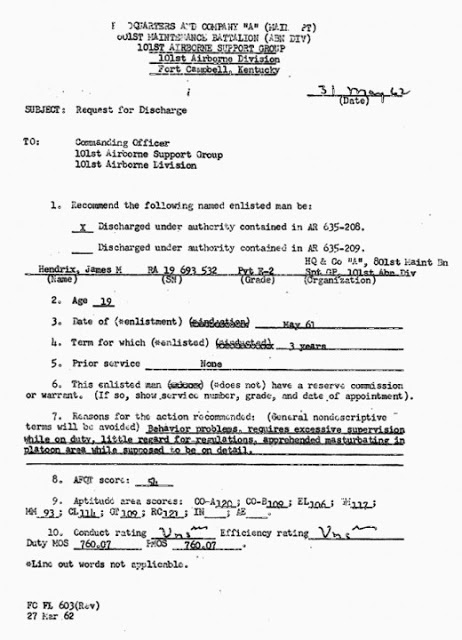
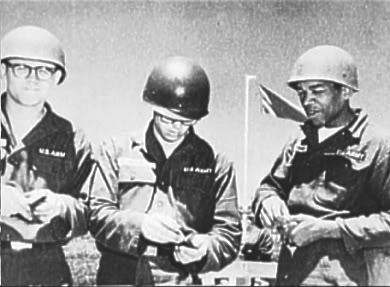
In November 1961, fellow serviceman Billy Cox walked past an army club and heard Hendrix playing guitar. Intrigued by the proficient playing, which he described as a combination of “John Lee Hooker and Beethoven”, Cox borrowed a bass guitar and the two jammed. Within a few weeks, they began performing at base clubs on the weekends with other musicians in a loosely organized band called the Casuals.
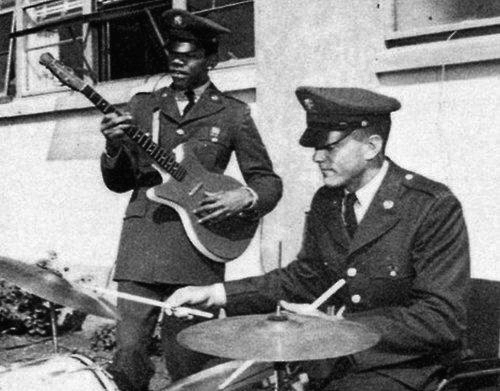
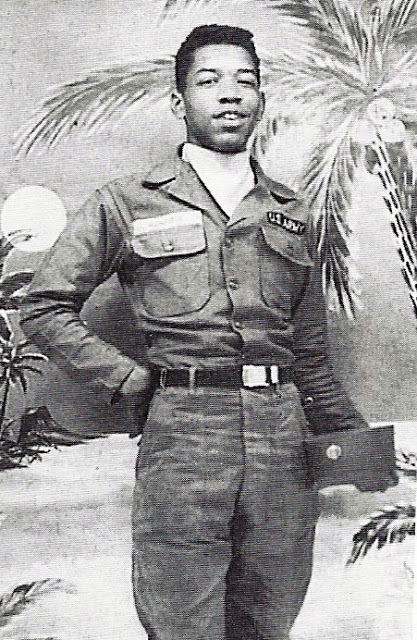
Hendrix completed his paratrooper training in just over eight months, and Major General C.W.G. Rich awarded him the prestigious Screaming Eagles patch on January 11, 1962. By February, his personal conduct had begun to draw criticism from his superiors. They labeled him an unqualified marksman and often caught him napping while on duty and failing to report for bed checks. On May 24, Hendrix’s platoon sergeant, James C. Spears, filed a report in which he stated: “He has no interest whatsoever in the Army … It is my opinion that Private Hendrix will never come up to the standards required of a soldier. I feel that the military service will benefit if he is discharged as soon as possible.” On June 29, 1962, Captain Gilbert Batchman granted Hendrix an honorable discharge on the basis of unsuitability.Hendrix later spoke of his dislike of the army and falsely stated that he had received a medical discharge after breaking his ankle during his 26th parachute jump
Photos VIa
